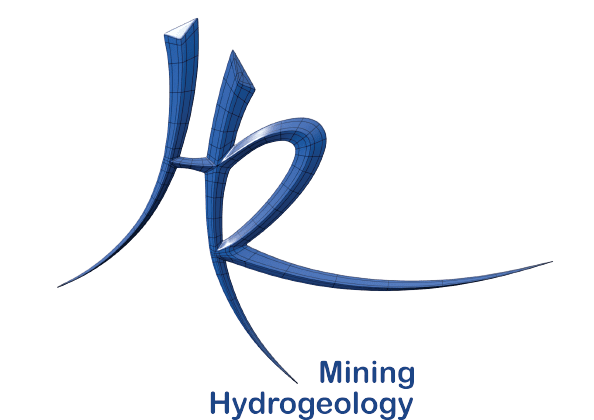Mining hydrogeology
Hydro-Ressources specializes in hydrogeology applied to mining. This expertise is divided into three main areas: 1) analyzing the environmental impacts caused by the presence of a mine, 2) mine dewatering, and 3) the analysis of contaminated soil or water in a mining environment.
L’analyse d’impacts
During new mining projects, it is necessary to carry out an analysis which will make it possible to evaluate the impacts, from a hydrogeological and hydrological point of view, that a possible mine may have on the immediate environment. Indeed, a mine must necessarily dewater its facilities, whether by pumping in the bottom of a pit, at the lowest level of an underground mine or on the outskirts of the mine. This dewatering can generate impacts on the environment by drying up watercourses or reducing their flow.
The analysis of these impacts is often done using numerical simulation. This method of analysis effectively makes it possible to make predictions on the flow that will be required to be pumped and on the influence of this pumping on the neighboring watercourses. To perform a good analysis, field trials are required. These tests may include drilling, permeability testing and packer testing. The profile tracing test method recently adapted by Hydro-Resources shows much more conclusive results than most other techniques (shutters, speed measurements, etc.). This method is very useful for acquiring information on the underground flow, whether for a feasibility analysis, or the dewatering of a mine.
The dewatering of a mine
When a mine is operational, dewatering becomes essential. If the walls are stable, this process can be performed at the bottom of the mine using suitable pumps. However, if the walls are unstable or water inflows compromise productivity, it is more appropriate to conduct dewatering on the periphery using collection wells or angled boreholes acting as drains.
Peripheral capture wells effectively eliminate wall seepage, which can otherwise affect stability. In underground mines, peripheral dewatering reduces or prevents water infiltration in specific galleries. Nonetheless, drainage directly from galleries is often the preferred method due to its greater economic advantage.
A variety of analytical methods can be employed to optimize dewatering operations. Numerical simulation is a particularly powerful tool, and tracing tests can prove invaluable for precisely locating the optimal positions of wells or drains, as well as for planning effective cementation.
Case of contamination
Mining environments can produce contaminants, often originating from tailings facilities. Therefore, it is essential to analyze the impact of these contaminants on groundwater or to identify solutions to eliminate contamination. Additionally, dewatering water can sometimes be a contaminant itself, as deep groundwater often contains a high mineral content.
Various analytical methods can be used to make reliable predictions. In all cases, field data collection is crucial to conduct an accurate and meaningful analysis.
Profile Tracing Test (PTT)
Patented methodology
A profile tracing test is a method recently refined by our firm. The concept is straightforward: it involves mixing a tracer as uniformly as possible into a single open hole (e.g., a diamond drill hole used for exploration). After the tracer is introduced into the hole, its concentration is measured at various time intervals within the same vertical borehole. These measurements are used to create concentration profiles, where variations in concentration reveal the location of naturally active flow zones. Specifically, a decrease in concentrations indicates the presence of an active flow.
Our achievements
Chat with an expert in hydrogeology
Fill out our form and a member of our team will contact you as soon as possible.
